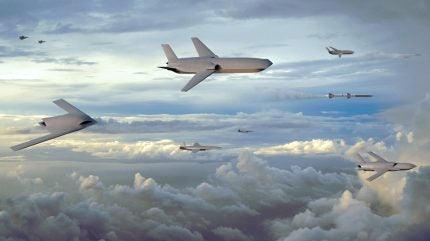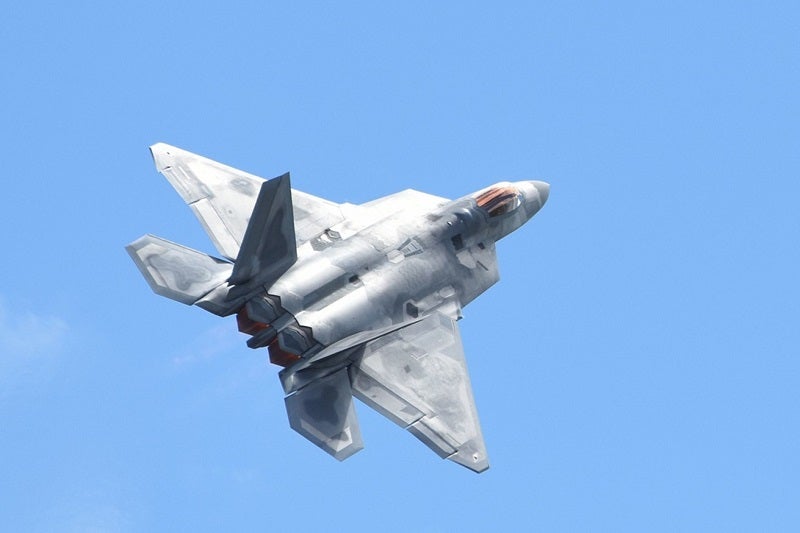
Contrary to public misgivings, the Next Generation Air Dominance (NGAD) programme is still very much alive.
Lieutenant General David Tabor, Deputy Chief of Staff for Plans and Programs, US Air Force (USAF), claimed that rumours of NGAD’s demise are “grossly exaggerated” during DefenceiQ’s International Fighter Conference in Berlin on 5 November 2024.
The NGAD programme will provide a sixth-generation fighter to replace the stealth F-22 Raptor, but that is just one part of the project. NGAD is a network of different systems: it includes a sixth-generation fighter jet alongside several autonomous collaborative combat aircraft (CCAs). This hybrid structure enables air superiority through mass.
So far, Anduril and General Atomics are the two competing vendors in the CCA portion of NGAD.
During the summer of 2024, senior US Air Force officials revealed that they wanted to “pause” the programme, citing cost concerns.
While the service is still pursuing the concept, the initial assumptions about what this future combat air network will look like still needs to be reconsidered in light of changes over the last six years.

US Tariffs are shifting - will you react or anticipate?
Don’t let policy changes catch you off guard. Stay proactive with real-time data and expert analysis.
By GlobalData“We are at a point where we must re-evaluate exactly what [NGAD] becomes before making an investment worth several billions of dollars,” Tabor reassured his international colleagues.
“The reality is that the NGAD platform was conceived in about 2018 and as it has developed, there have been some changes, but certainly the environment has changed greatly, the assumption has changed greatly. So it’s imperative for us to reassess what that looks like, what is incorporated on it.”

Work continues on NGAD
Looking to hone the autonomy of CCAs, the USAF implemented the VENOM-AFT programme to accelerate testing of autonomy software on crewed and uncrewed aircraft.
As part of this endeavour, F-16s were modified as test platforms to rapidly evaluate autonomous capabilities. During these tests, the pilots operated in the cockpit to monitor the autonomy and to ensure flight and mission systems test objectives were met.
The goal of VENOM is for the Air Force to rapidly iterate and expand the body of knowledge for potential autonomy and payload solutions.
It is also worth noting that the Biden administration has requested $2.75bn for research and development for an NGAD platform and $557m for CCA for the fiscal year (FY) 2025. This amount is projected to rise in the outyear estimates to $5.72bn by FY2029.
Alongside NGAD, the USAF is also pursuing a number of major programmes including Block IV modernisation in the F-35 programme; B-21 Raider bomber; Minuteman III ICBM replacement; and the LGM-35 Sentinel among others.
Tabor concluded: “I’m certainly concerned about appropriate funding for all of this change that’s happening simultaneously across a series of major programmes.” Nevertheless, he added, “we have a compelling narrative.”



